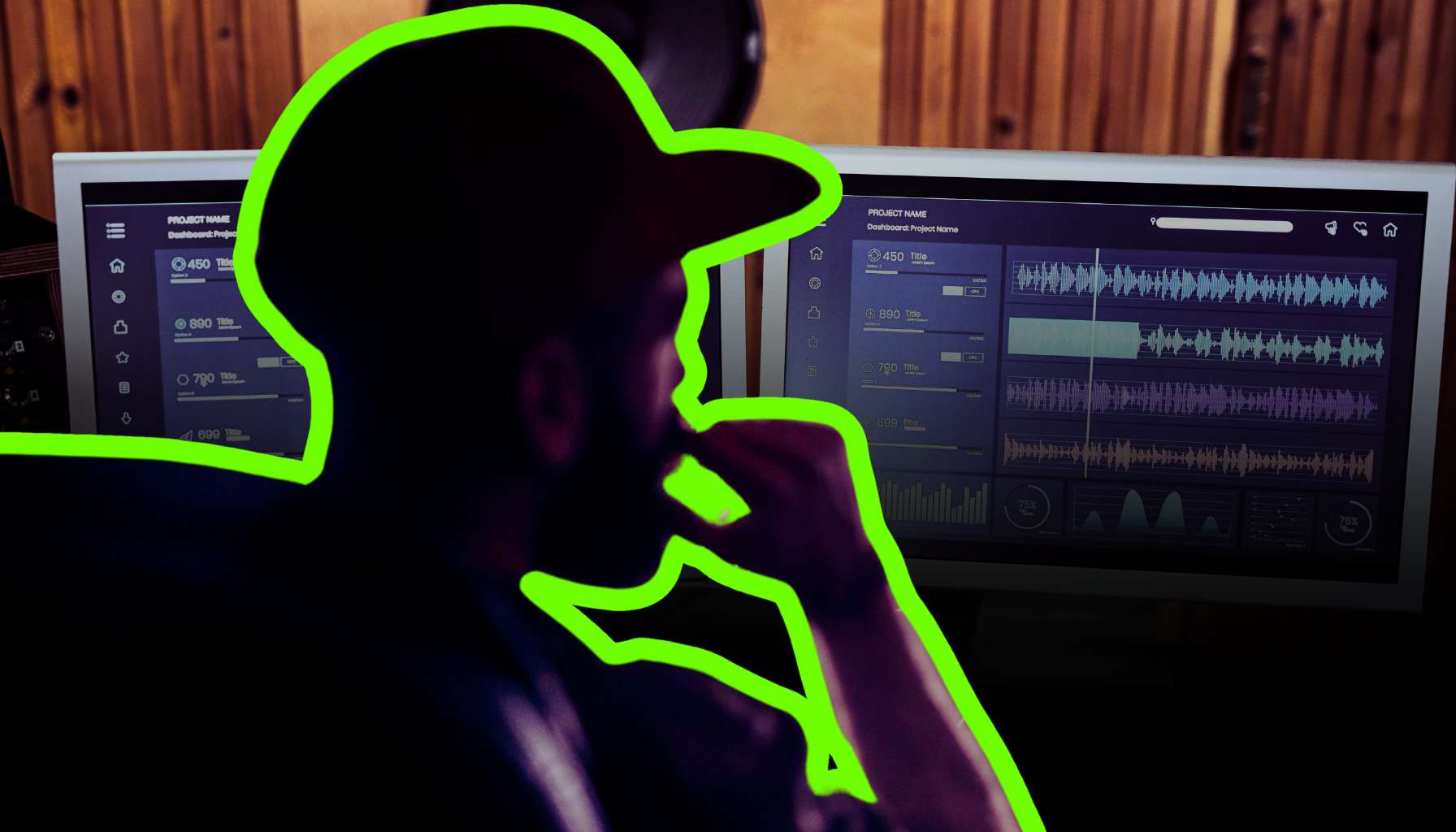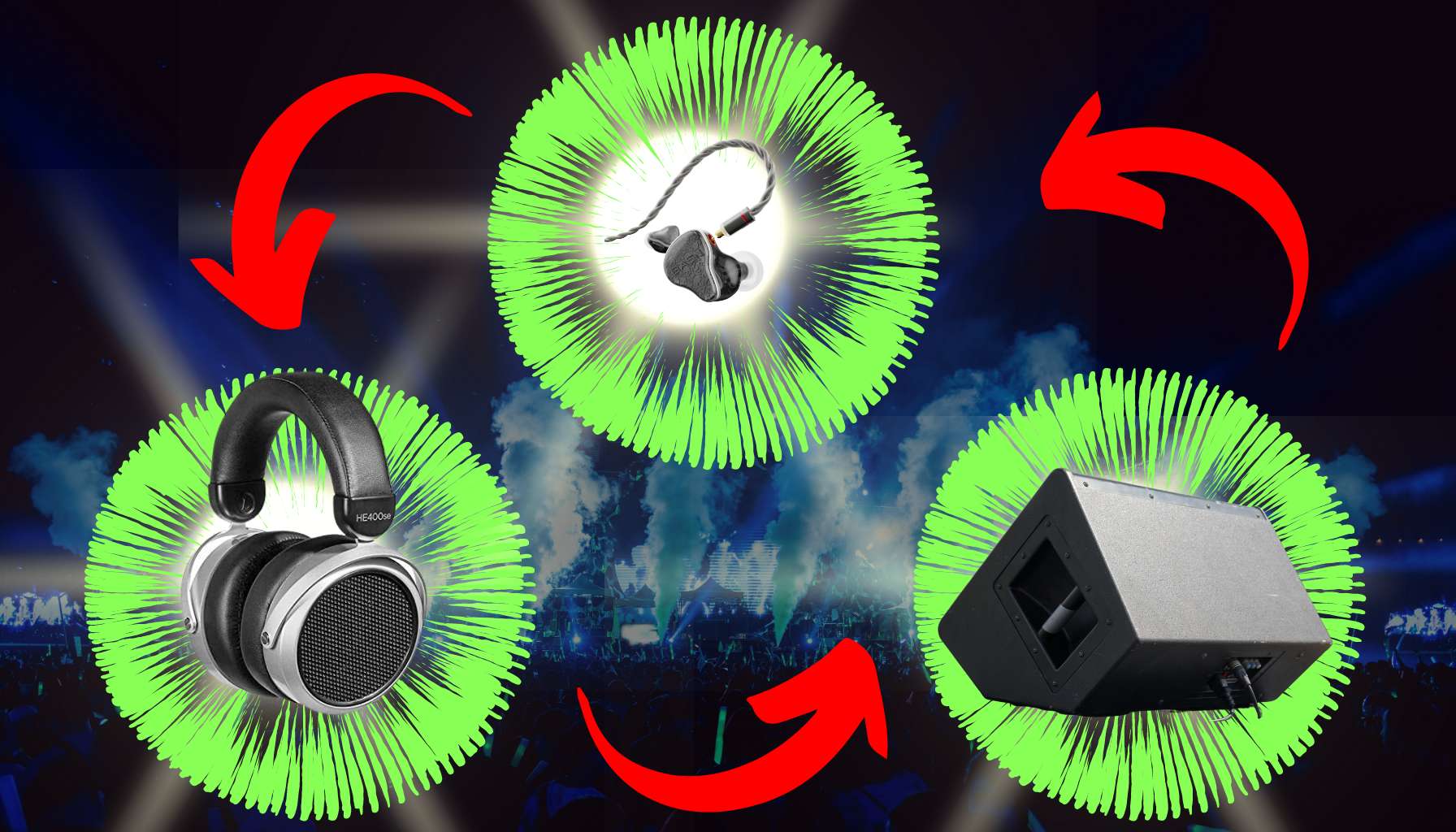
Intro
In the digital orchestra where synthesizers reign supreme, the art of layering synths is akin to a master chef’s skill in combining flavors: complex, nuanced, and absolutely central to the creation of auditory masterpieces. But as we stand on the cliff’s edge, peering down at the boundless landscape of sound design and synthesis, one might ponder an elementary yet pivotal query: What is synth layering, and why is it fundamental to sculpting the sonic signatures that define our times?
Introduction to Synth Layering
At its core, the basic concept of layering synths is about stacking sounds to construct a richer, more compelling timbre. It’s the layering of a buttery pad beneath a sharp lead, or a soft drone beneath a staccato pluck that gives music not just texture but depth. Like voice upon voice in a celestial choir, each synth holds its note, creating a resonant tapestry of tones.
Venturing back into the folds of music production history, we uncover the brief history of synth layering. Pioneering artists armed with Moogs and Rolands ventured into uncharted sonic realms, discovering the lush vistas that could be reached by overlaying one analog wave atop another. They were the explorers charting expanses beyond the acoustic horizons, and it’s their legacy that underpins the advanced layers we hear in today’s music.
The importance of synth layering cannot be overstated. It elevates a simple melody into an anthem, a rhythm into a visceral experience. It’s the difference between a black-and-white sketch and a three-dimensional, color-soaked painting. Layering synths allows producers to exploit dynamics, space, and the full frequency spectrum, enhancing tracks in genres as diverse as dreamy ambient to pulse-pounding electro. Without it, we lose the multidimensionality that makes modern soundscapes so rich and immersive.
Transitioning from this homage to the synth’s storied past and diverse current applications, what emerges is a compelling narrative that prepares for the granular details of what exactly constitutes a synthesizer and how these fundamental components like oscillators, filters, and modulators coalesce to craft the hooks and harmonies that propel today’s hits.
Understanding the Components of a Synth
Before one can harmonize waves of sound, there must exist a meticulous understanding of the components of a synth. With oscillators birthing the raw audio waveforms that are the lifeblood of synthesized sound, filters sculpting these oscillations like digital luthiers, and envelopes shaping their attack and decay, the anatomy of a synth is a puzzle where each piece unlocks vast aural potentialities.
As we pull the layers back, peeling away the sleek interfaces and snazzy presets, we delve deeper into the magic and machinations of synth components in our next section. We’ll move beyond the veil of the user interface and explore how the throbbing heart of the synth beats with electric life—oscillators and waveforms standing by to weave the fabric of our musical universe. The journey from the echo-laden halls of history into the soldered heart of the synthesizer beckons, promising revelations at every circuit. Join us, and turn the page.
As we peel back the curtain on the secrets of sonic architecture, let’s press into the real-world applications of synth layering. Here, the rubber meets the road, the sine meets the square wave, and intangible concepts are forged into audible realities that captivate and resonate. This isn’t just about wrapping synths in a neat bow; it’s about interlacing them in genres, identifying case studies of staggering success, and gleaning pearls from pros who’ve turned the knobs and pushed the faders to eureka moments.
Layering Synths in Different Genres
Picture this: in the pulsing heart of pop and electronic music, synth layering is the lifeblood. Soaring leads, gossamer pads, and punchy basses stack together with the precision of a Jenga tower engineered by sound mavens in their digital sanctuaries. The result? Hits that stick like sonic glue, resonating from sweaty club speakers to the earbuds of a subway commute.
But synth layering isn’t just a dancefloor conqueror. In film scoring and sound design, it’s the invisible hand that sculpts emotion into scenes, coaxing goosebumps and steering the hearts of movie-goers with auditory narratives as potent as visual cues. This is where the hum of a spaceship’s engine or tension of a suspense scene is painted with a palette broader than any classical orchestrator dared dream.
Case Studies of Iconic Synth Layering in Songs
It’s easier to see the stars when standing on the shoulders of giants. And in the domain of synth layering, there are luminaries whose tracks are astronomical guides. Take the anthemic superstructure of Van Halen’s “Jump”—where synths blend the exuberance of rock with the gloss of the new wave—or the genre-defining layers of “Stranger Things” theme, reviving a nostalgia that even those not born in the 80s can feel in their retro-loving bones. Analyzing these hits offers a roadmap of how layering synths can create something enduring, something that transcends the fickleness of musical fads.
Tips from Professional Music Producers

From the hallowed halls of Abbey Road to the bedroom studios where dreams are soldered and coded into existence, the wisdom of professional music producers is an arsenal for those willing to listen. Layering isn’t about piling sounds haphazardly—it’s a calculated endeavor. Professionals preach the gospel of EQ discipline, the strategic use of side-chaining, and the mantra that sometimes, less is definitely more. Delve into these tips, and you’ll find commonalities regardless of genre: it’s a tightrope of balancing creativity with control, intricacy with clarity.
As we ferry our newfound insights across the ocean of understanding, we arrive at the shores of potential pitfalls. Layering synths is an exhilarating quest, but beware the sirens of excess, ready to ensnare with the seductive call of one too many layers, muddying mixes and cluttering frequencies. It’s not melodrama to say the path from a solid mix to a soupy mess is but a misguided knob twist away.
Common Pitfalls in Synth Layering
The upcoming section arms aspiring and seasoned synthesists with golden rules to avoid overpopulating their sonic landscapes. We will dissect the beasts of overcrowding and frequency masking, break down the anatomy of phase cancellation, and furnish the shields to guard your mix against the chaos. Consider this your trusted guide to navigating through the common perils while still preserving the spirit of sonic adventure—because, at the heart of every producer, lies the relentless pursuit of auditory alchemy.
As we twist the final knobs and brush away the excess frequencies from our mix, we come to a reflective pause at our journey’s conclusion through the land of synth layering. It’s here in the aftermath of our sonic odyssey, standing at the intersection of art and engineering, where we gather the multifaceted gems of knowledge we’ve unearthed.
Conclusion
It’s time to recap the highlights of our escapade. Remember the surge of empowerment we felt upon defining the very essence of synth layering? Or that moment of epiphany when we grasped the importance of oscillators, filters, and envelopes, the building blocks of our layered colossus? We ventured through history, uncovering how layering has become an essential tool in the modern producer’s arsenal, transforming sounds from the monophonic simplicity to polyphonic sophistication.
Armed with techniques on selecting complementary sounds and mastering spatial dynamics, we wove textures that dance in harmony, avoiding clashes and overcrowding. We embraced the liberating constraints of volume and dynamics, played god with harmonic and rhythmic layering, and wrapped emotions in a blanket of synths to usher in build-ups that soar and transitions that cascade like waterfalls.
Through real-world applications, we not only saw how genres have been shaped by legendary case studies of synth layering but also gathered practical wisdom from those who’ve spent their lifetimes sculpting waves of sound. Each tip and anecdote a beacon, lighting the path for your own creations.
Yet, it wasn’t all crescendos and bright lights; we dared explore common pitfalls like a hardy explorer. We faced muddiness, phase cancellations, and the precarious tightrope walk between creativity and restraint. Our journey even equipped us with the tools—a treasure chest of hardware and software, each imparting its unique flavor to our palette.
Staring into the horizon, we pondered the future of synth layering with the sense of awe reserved for gazing at stars. Technology doesn’t just offer us new methods; it proposes new realms of possibility, painting dreams of soundscapes that might one day flow through our headphones, or envelop our amphitheaters.
But what’s the use of such an expedition if the lessons learned remain unapplied? We encourage you, dear reader, to roll up your sleeves, get your hands dirty with patches and MIDI, and partake in the sheer joy of experimentation. After all, synth layering isn’t just a technical skill—it’s a form of expression, one that allows you to leave your distinct fingerprint on the canvas of sound.
As we turn the page on this chapter, brimming with our toolbox of techniques and inspired by pioneers past and present, we look ahead. Now comes the call to action, the beckoning of unchartered melodies and harmonies that await your unique spark. Forge ahead, intrepid artist, and let the power of layering synths amplify your creative voice.
And what awaits beyond this conclusion? Perhaps, it’s the enactment of the insights gained, a personal voyage into the heart of synth layering. Or maybe it’s a new beginning, a fresh perspective, the start of another quest to broaden the horizons of your sound design and synthesis. In either case, the dial is in your hands, the next track cued, and the stage set for a symphonic revolution—play on!















